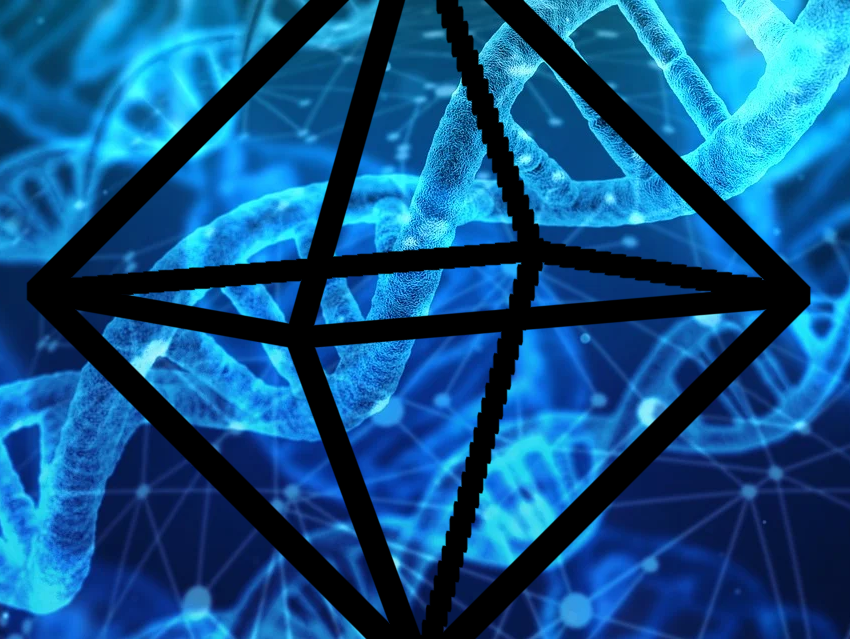Yosef Yeshurun, Bar-Ilan University, Ramat-Gan, Israel, Oleg Gang, Columbia University, New York, NY, USA, and colleagues have showed how DNA can serve as a scaffold for building 3-D nanoscale architectures that can be fully “converted” into inorganic materials like superconductors.
To create the scaffold, the scientists first designed octahedrally shaped DNA “frames”. 10 nm gold nanoparticles (AuNP) were inserted into these octahedron cages. The researchers then designed an assembly of a simple cubic superlattice of these octahedra and coated the DNA grids with silicon dioxide (silica). This solidifies the originally soft constructions, which require a liquid environment to maintain their structure. The team adapted this manufacturing process so that structural integrity was maintained during the coating process.
In its original form, DNA is completely unusable for processing with conventional nanotechnology methods. Coating with silica creates a mechanically robust 3-D architecture on which inorganic materials can be deposited. The researchers used these complex DNA organizations to produce highly nanostructured 3-D superconducting materials. To do so, they evaporated a low-temperature superconductor (niobium) onto a silicon chip containing a small sample of the lattices. The Nb accumulates at the octahederal DNA structures, creating an array of relatively large Nb grains, connected by the Nb-coated sticky ends between the octahedra. The resulting structure is a 3D array of Josephson junctions junctions or thin nonsuperconducting barriers through which superconducting current tunnels run.
Arrays of Josephson junctions are key to leveraging quantum phenomena in practical technologies, such as superconducting quantum interference devices for magnetic field sensing. In 3-D, more junctions can be packed into a small volume, increasing device power.
According to the researchers, this material conversion path allows them to create a variety of systems with interesting properties, including superconductivity and other electronic, mechanical, optical, and catalytic properties.
- DNA-assembled superconducting 3D nanoscale architectures,
Lior Shani, Aaron N. Michelson, Brian Minevich, Yafit Fleger, Michael Stern, Avner Shaulov, Yosef Yeshurun, Oleg Gang,
Nature Chemistry 2020.
https://doi.org/10.1038/s41467-020-19439-9


